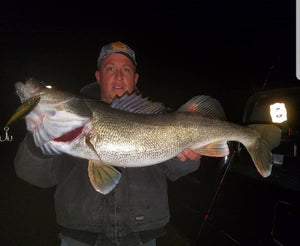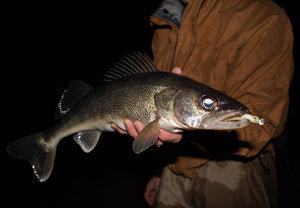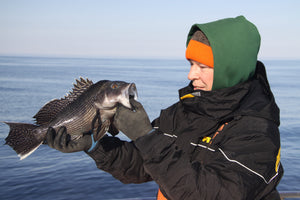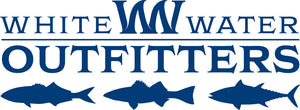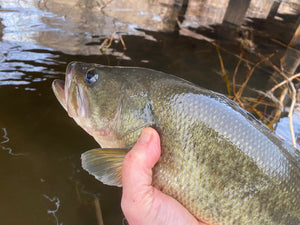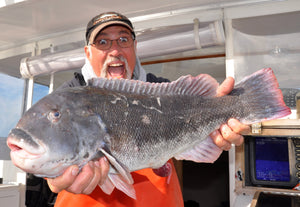Surf Tips for Beginners

When it comes to surf fishing, anglers just entering the game can be easily overwhelmed by all the information available on the web and in print. Scan through the entries and you'll find experts explaining that you need this lure and that one, a certain color on cloudy days, a different one on sunny days and a couple more after dark.
It is, of course, all useful information, but there are a few more basic thoughts that beginning surfcasters might want to consider before getting wrapped up in all the specific details. These ideas may seem rather broad and simplistic, but you've got to walk before you can run, right?

Keeping a logbook is one way to ensure that you'll be on the fish whether you prefer casting from a local dock or ocean beach. Photo: OutdoorTom.com.
Consider, for example, simply heading to the nearest dock or bulkhead and working your newly purchased plugs through the water to see how they look on the retrieve. This routine is especially important if you plan to fish after dark, for how else would you know if each lure is swimming properly on the graveyard shift? A plug’s action may be too exaggerated, it can favor one side, or it might even spin during the retrieve. Simply taking a few cast during daylight tides to observe, feel and adjust the action on each plug – especially new plugs right out of the box – can save hours of wondering whether your lures are working properly on dark nights when the sounds and scents of fish are in the air but hook-ups seem too few.
Keeping a logbook is another simple way to increase your success and it can be an important building block of the learning process. Simply put, there is no substitute for an accurate record of your fishing activity. Log the date, time, location, tidal stage, wind strength and direction, as well as the fish caught, and lures or bait used on each trip you make during your first few years of getting serious about the surfcasting game. Add a few notes with any additional insights that might prove helpful down the line, such as air and water temperature, prevalent baitfish in the area, and at what point during the tide the biggest fish arrived or the action reached its peak.

Over time, you'll find that certain locations produce best under select conditions, different species of fish can be counted on to show during specific tidal stages, and productive date ranges repeat themselves with surprising regularity. Keep a fishing journal or digital logbook for a season and you've got a big head start on next year. Keep recording for several years and you'll find the action more often than most.
Beginning surf casters should also consider fishing with a buddy or two whenever possible. Aside from the obvious safety considerations, two people can cover the same stretch of beach in half the time, making your chances of crossing paths with your quarry much better. Secondly, the buddy system allows you to each start out with different lures and methods, reducing the time it takes to figure out finicky fish.

Lastly, both you and your friend will hear various reports throughout the season on how and where the fish are biting. Given the sum of all that information gathered, your odds of getting in on the fun should quickly increase whether you favor fishing in the back bays, inlets, or along ocean beaches.
- Bryce Poyer

